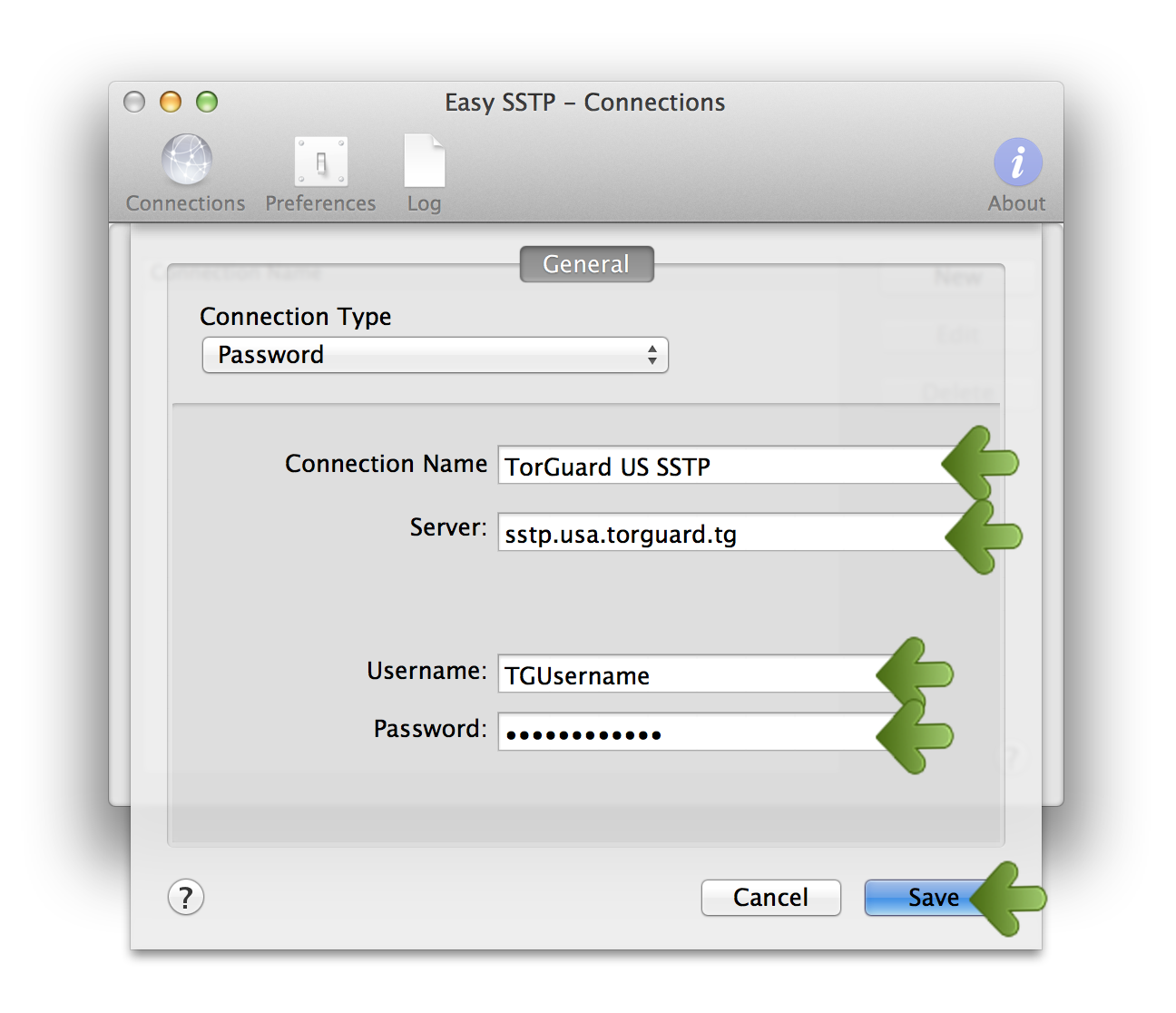
While pretty powerful, PPTP’s encryption is still hackable and also detectable by content providers. The tech giant from Redmond launched this protocol alongside its Windows Vista operating system as a replacement for the PPTP protocol. The Secure Socket Tunneling Protocol, or SSTP for short, is a protocol created and developed by Microsoft. Many different protocols are available today for data tunneling through a VPN, with SSTP standing out as one of the most secure choices.īut what is it, and how does it work? Do you even need it for regular VPN use, or is it a mandatory protocol? Read on to find out.

You’ll want several safety layers, so you’ll use IP masking through a VPN. For Gateway SKU recommendations, see About VPN Gateway settings.One can’t have enough security when browsing the internet these days.When we used DES3 for IPsec Encryption and SHA256 for Integrity we got lowest performance.

We got average performance when using AES256 for IPsec Encryption and SHA256 for Integrity. As you can see, the best performance is obtained when we used GCMAES256 algorithm for both IPsec Encryption and Integrity. The table below lists the results of performance tests for Generation 1, VpnGw SKUs. To help our customers understand the relative performance of SKUs using different algorithms, we used publicly available iPerf and CTSTraffic tools to measure performances. If you are using TLS for point-to-site connections on Windows 7 and Windows 8 clients, see the VPN Gateway FAQ for update instructions. If you’re using TLS for point-to-site VPNs on Windows 10 clients, you don’t need to take any action. Only point-to-site connections are impacted site-to-site connections will not be affected. Starting July 1, 2018, support is being removed for TLS 1.0 and 1.1 from Azure VPN Gateway. The advantage is that you don’t need to upload root certificates and revoked certificates to Azure. This lets you use the RADIUS server and your enterprise certificate deployment for P2S certificate authentication as an alternative to the Azure certificate authentication. The RADIUS server can also integrate with AD certificate services. If the RADIUS server is present on-premises, then a VPN S2S connection from Azure to the on-premises site is required for reachability. So Gateway reachability to the RADIUS server is important. During authentication, the Azure VPN Gateway acts as a pass through and forwards authentication messages back and forth between the RADIUS server and the connecting device. The RADIUS server could be deployed on-premises or in your Azure VNet. Organizations can also leverage their existing RADIUS deployment. It requires a RADIUS server that integrates with the AD server. AD Domain authentication allows users to connect to Azure using their organization domain credentials.


 0 kommentar(er)
0 kommentar(er)
